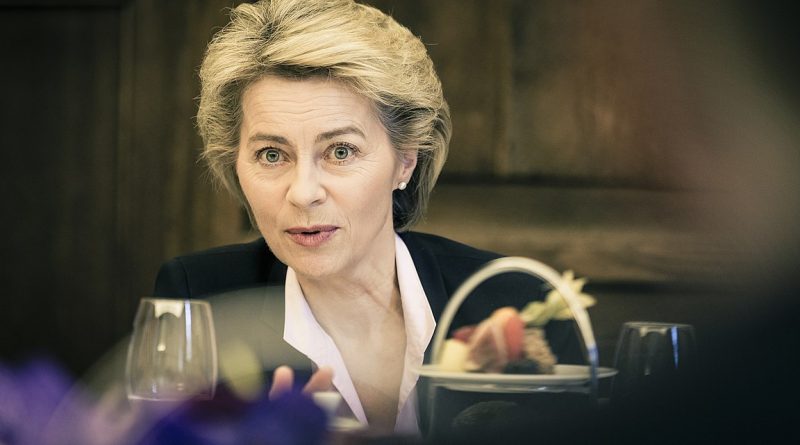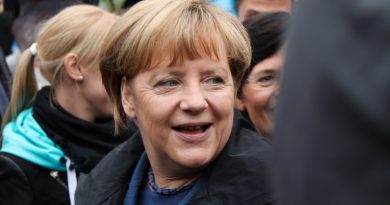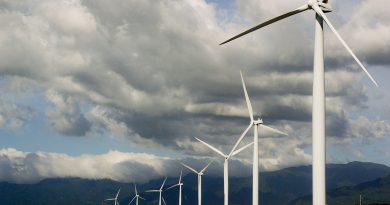The discursive relevance of “Protecting the ‘European’ way of life”
During the presentation of the new European Commission by the recently nominated and approved, and soon-to-be President, Ursula von der Leyen, a new portfolio attributed to one of the Commission’s Vice-Presidents (Margaritis Schinas) has garnered substantial media attention for the controverisal choice of name: ‘Protecting the European way of life’.
Critiques stemming from the European Parliament, various NGOs, or civil society organizations have dubbed it a “far right slogan” and “an insult to European values“.
But this isn’t new at all…
I’ve studied the EU’s discourse for the last 24 years in my PhD, and expressions like this come up very frequently in security-related documents that are openly available to the public. In its discourse, the EU doesn’t portray itself merely as ‘good’, but as the best, not as a model, but as an ideal, not just as a norms promoter, but as having the responsibility, as part of its raison d’être to help ‘less civilised’ actors on the way to progress and development, regardless of its own actual performance as an actor. In addition, the increasingly volatile domestic and external environment and the strong securitization tendency of the policy field of migration (including the criminalization those who attempt to help migrants and asylum seekers) has led to a shift in the EU’s understanding of its security as both physical and ontological and to an apparent retraction in its normative ambitions towards external actors.
The issue that has attracted so much controversy is the connection between the expression ‘Protecting the European way of life’ and the portfolio that deals with the policy fields of migration, security, employment, and education. This is arguably the most visible instance of the use of this expression with connection to security and migration in the EU’s public discourse in recent times, and, without clarification, it sends a message widely understood as problematic.
In her letter to Schinas, Von der Leyen defines the European way of life as being “built around solidarity, peace of mind and security. We must address and allay legitimate fears and concerns about the impact of irregular migration on our economy and society. This will require us to work together to find common solutions which are grounded in our values and our responsibilities. We must also work more closely together on security, notably on new and emerging threats that cut across borders and policies.”
This is what the media disseminated.
But von der Leyen also argued that the ‘European way of life’ entails “a strong focus on integration [of migrants]” and “making sure workers are equipped to thrive in our evolving labour market”.
The new President of the European Commission is ultimately being criticised for appearing to establish a distinction between the ‘European’ way of life (which is, nonetheless, left only vaguely defined) and ‘other’ ways of life, arguing that the former must be protected (inherently, from the others), thus creating a discursive logic of alterity and exclusion.
We can’t forget that the EU is largely a discursively constructed concept – it is constantly being spoken on behalf of by different actors within its institutional architecture and thus has a fluid and contestable identity. So, the way actors within the EU structure speak about it matters and has practical consequences (including the exclusion of certain groups).
But the way the media and other actors select, frame, disseminate, and interpret information is also fundamentally relevant for the general public’s understanding of social and political phenomena arround them.
Politics always entails a strong discursive dimension, including social constructions of what social reality is, how it should and should not be; as well as constant fighting over interpretations and meanings. In addition, Media (including traditional & social media), as well as political actors that often use micro-blogging platforms (like facekbook or twitter), are involved in the reproduction and dissemination of these discourses, but also in their choice: they determine what discourses are disseminated and how they are framed and interpreted.
These actors choose discourses to disseminate because they consider them important, but also to achieve as wide an audience as possible, which means that we need to consider what is being disseminated, how (sensationalism, hierarchization, dramatization, personalization, omission, speculation, normative/prescriptive evaluations, etc.) and why (economic interests, political agenda, audience ratings…).
Whenever possible, look directly at the sources to make your own assessment.
Von der Leyen and her team are currently reevaluating the name of the portfolio.
Ursula Von der Leyen / photo by Kuhlmann /MSC / CC BY 3.0 de The opinions expressed in this blog are solely the authors’ point of view and do not bind the Center for International Studies, its Director or any other researcher.
![]() This work is licensed under a Creative Commons Attribution-NonCommercial-ShareAlike 4.0 International License.
This work is licensed under a Creative Commons Attribution-NonCommercial-ShareAlike 4.0 International License.




